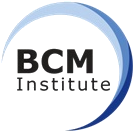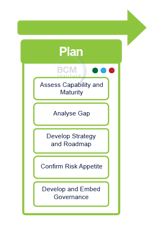ORA [Plan] Questionnaires: Develop and Embed Governance
Develop and Embed Governance

 This section is the "Plan" phase of the Operational Resilience Planning Methodology. It is the third stage of the Plan phase: Develop and Embed Governance.
This section is the "Plan" phase of the Operational Resilience Planning Methodology. It is the third stage of the Plan phase: Develop and Embed Governance.
Audit Checklist for Develop and Embed Governance
|
|
|
|
|
|
|
|
|
|
|
|
7. Training and Awareness |
|
|
Checklist
|
|
8. Third-Party Management |
|
|
Checklist
|
|
9. Reporting and Metrics |
|
|
Checklist
|
|
10. Compliance and Regulatory Requirements |
|
|
Checklist
|
|
Do note that some steps may overlap or appear similar in the other stages of the OR planning phases. If this occurs, the questionnaires and checklists must be contextualised to the topic under review.
|
Questionnaires and Checklist "Plan" Phase |
Assess Capability and Maturity | Analyse Gap |
Develop Strategy Roadmap |
Confirm Risk Appetite |
Develop and Embed Governance |
 |
 |
 |
 |
 |
 |
More Information About Blended Learning Operational Resilience Audit (ORA) Courses
BCM Institute offers two levels of OR auditing courses: ORA-3 Blended Learning ORA-300 Operational Resilience Audit Specialist and the ORA-5 Blended Learning ORA-5000 Operational Resilience Audit Expert.










![Email to Sales Team [BCM Institute]](https://no-cache.hubspot.com/cta/default/3893111/3c53daeb-2836-4843-b0e0-645baee2ab9e.png)









![OR [Sustain] Questionnaires: Implement Training and Awareness](https://no-cache.hubspot.com/cta/default/3893111/f9696683-cec5-4914-ac3b-48962d7f5f9e.png)

